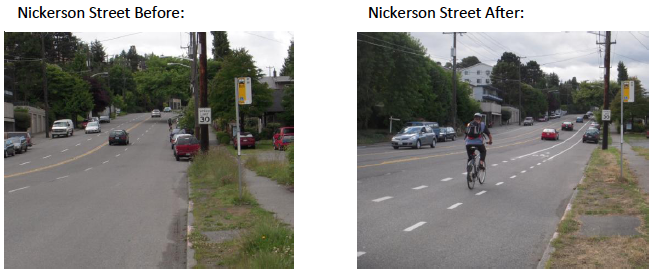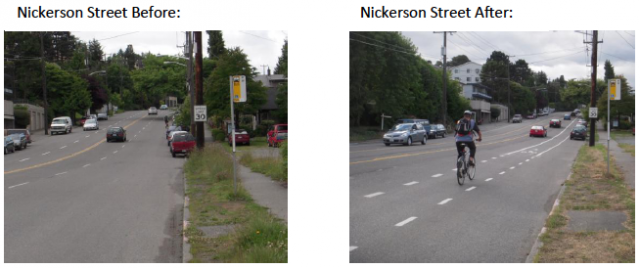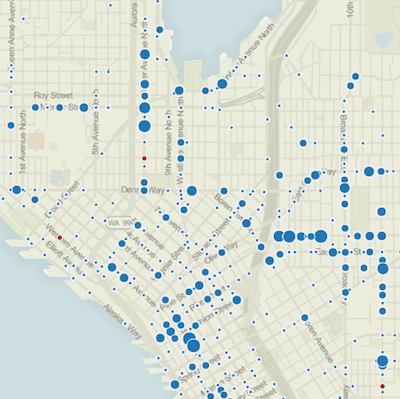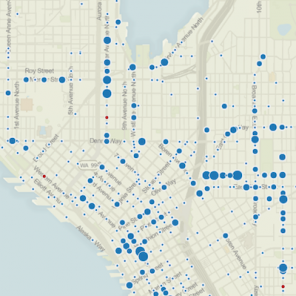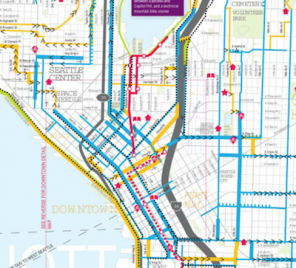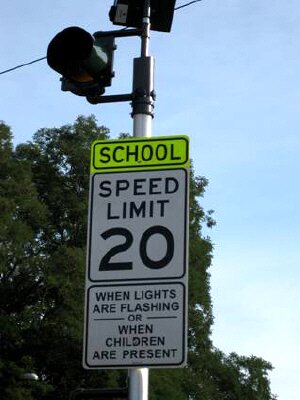
Back on November 1, 2012, four Seattle school zones got cameras that started snapping pictures of speeders around Broadview-Thompson K-8 School, Thurgood Marshall Elementary School, Olympic View Elementary School, and Gatewood Elementary School. While the schools were selected because of known speeding problems, the city didn’t expect the new cameras to be strobing the way did. In under a month, they’d snapped photos of 5,927 speeders (who got warning notices).
That number is the more alarming when you consider that the cameras only issue tickets when the school zone’s yellow beacons are flashing, usually during the hour as students arrive in the morning and the hour in the afternoon, when they leave. Daunted by the volume, the city decided to give motorists another two weeks to adjust their behavior, vis à vis the accelerator. Starting December 10, speeders will get a ticket for $189 in the mail.
“This is about safety for kids and their parents in school zones. Motorists need to slow down and obey the posted speed limits. This technology will encourage safer driving habits and prevent collisions,” said Chief John Diaz of the Seattle Police Department.
For a counterpoint, we turn to a commenter on the Mayor’s announcement:
This is bunk. Where are all of these “dangerous speeders”. Yes I have kids and am at the school many times during the week. I have been given many tickets by accidentally letting my speedometer drift up to 27 or 28. It is the most irritating thing. In fact it is more dangerous to stare at the speedometer than the road.
School zones are 2o mph, so it’s not that easy to “drift” 7 or 8 mph above without applying some kind of pressure on the gas pedal. But the city gets it. In the Road Safety Action Plan, released back in August, the section dealing with speeding admits: “Many of us cheat a little while driving. We’ve become accustomed to driving five miles per hour over the speed limit thinking that we won’t get pulled over at that speed.”
But it’s not really a question of the letter of the law, or sticklerism: The main thing is that a pedestrian is much more likely to survive being hit by a car going 20 mph or less. That’s “survive,” not “escape serious injury,” and the odds are 9 out of 10. One pedestrian still dies, and one driver is no longer in such a hurry. In 2010, 529 pedestrians were hit by cars in Seattle. Pedestrians killed were 47, 51, 91, 80, and 48 years old. Four were women.
If the commenter and his or her thousands of lead-footed compatriots retain the need for speed, the City estimates the cameras could bring in between $2 million and $4 million in revenue each year. “The City is exploring options to invest this revenue back into these school zones for additional safety improvements,” says the announcement, adding that of course, “The City would prefer that motorists comply with the posted speed limit in school zones.”
The city’s goal is no traffic fatalities at all. A leading factor is speeding (Between 2006 and 2010, 42 percent of speed-related collisions ended up killing someone. Drunk or otherwise impaired drivers are responsible in 48 percent of fatal accidents in that time frame.)
Besides the school zone cameras, the city will continue to park those side-of-the-road radar trailers that publicize your speed and set up speed traps at “hot spots.” In the longer term, they want to “narrow” multi-lane roads where possible, since drivers tend to subtly (or not) race when side by side — these are the dreaded road diets. And they hope to get a bill passed in the state legislature that will let municipalities more easily set slower speeds than 25 mph for residential streets.



